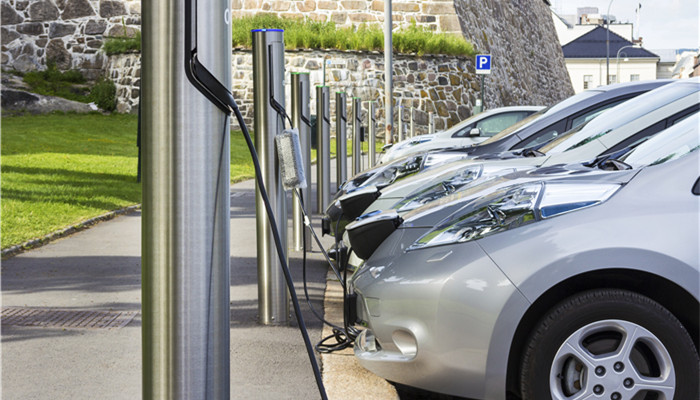
Growth in production and sales of hydrogen energy vehicles is good for the development of the hydrogen fuel cell catalyst industry
One way to store hydrogen is chemical, which relies on materials such as LOHCs that react with hydrogen molecules to store them in hydrogen atoms. Chemical hydrogen storage can store large amounts of hydrogen in a small volume at ambient temperature. However, when used, it needs to be activated by a catalyst to release hydrogen. This process is called dehydrogenation. Current dehydrogenation methods usually use metal-based catalysts, the most critical of which are platinum group metals. Currently, there are three main categories of hydrogen fuel cell catalysts: non-platinum catalysts, low-platinum catalysts, and platinum-based catalysts. Currently, platinum-carbon catalysts are in greatest demand in commercial applications.
According to the “Research Report on Market Segment Demand and Development Opportunities of China’s Fuel Cell Catalyst Industry 2022-2027” released by the Industrial Research Center , benefiting from the influence of environmental protection policies, global hydrogen energy vehicle sales and ownership continue to rise. In 2021, global hydrogen energy vehicle sales will be 32,500 units, and the ownership volume will be approximately 49,600 units. In the Chinese market, the production and sales of hydrogen energy vehicles reached their highest level in 2019. However, due to the impact of the epidemic, production and sales dropped significantly, and then rebounded slightly in 2021. According to data released by the China Automobile Association, my country’s fuel cell vehicle production and sales in 2021 will be 1,777 and 1,586 respectively.
With the growth of hydrogen energy vehicle production and sales, fuel cell shipments and installed capacity have increased. Global fuel cell power shipments have shown a rapid growth trend in the past five years, growing from 677MW in 2017 to 1,450MW in 2021. my country’s fuel cell shipment power also shows a growth trend, increasing from 44MW in 2017 to about 98MW in 2021, of which the shipment power in 2019 was as high as 130MW.
At present, fuel cell catalysts mainly use platinum. In the early days, due to production technology limitations, single-vehicle platinum consumption was high. However, with the improvement of fuel cell production and application technology in recent years, the amount of platinum used has decreased. Benefiting from the growth in global production and sales of hydrogen fuel cell vehicles, the demand for platinum for fuel cell catalysts has increased, and is expected to reach about 1.1 tons by 2025.
In terms of market competition, the world’s leading fuel cell catalyst manufacturers include Johnsonathery, Tanaka, Nissinbo, 3M, and Umicore; domestic manufacturers include Zhongke Kechuang, Nanjing Dongyan, Suzhou Qingdong, China Zi Environmental Protection, and Hydrogen Power Zhongke, Jiping New Energy, Guiyan Platinum, etc. As far as the current market is concerned, my country’s fuel cell catalyst market is occupied by overseas companies. There are many domestic companies in this field. However, due to technical factors, the current output is small, and the product quality gap is large, and there is no competitive advantage.
Industry analysts said that benefiting from the promotion of environmental protection policies, the production and sales of my country’s hydrogen fuel cell companies continue to rise, which is good for the development of the fuel cell catalyst industry . Limited by current technology, metal-based catalysts are currently mainly used, among which platinum-carbon catalysts have higher application requirements. However, metal catalysts have shortcomings such as high cost and non-reusability, and there is still room for improvement in the industry in the future. In terms of production, due to the huge development potential of fuel cell catalysts, many domestic companies are currently deployed. However, due to production technology, domestic companies have low output and poor product quality, and do not have competitive advantages. The domestic market is occupied by foreign companies, and there is little room for localization in the future. big.



 微信扫一扫打赏
微信扫一扫打赏
